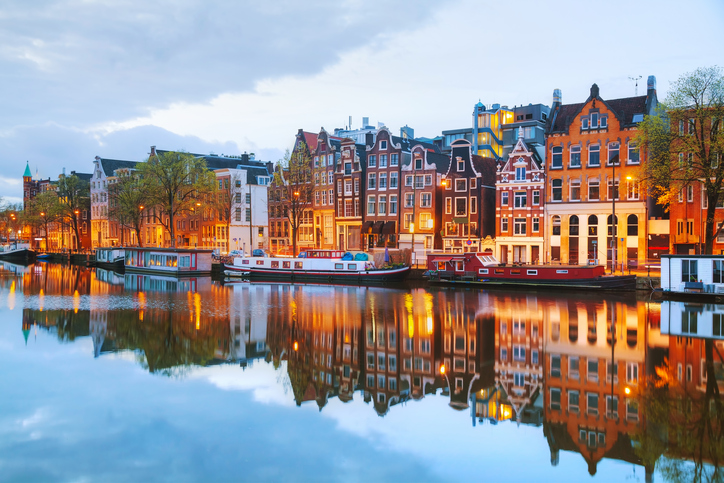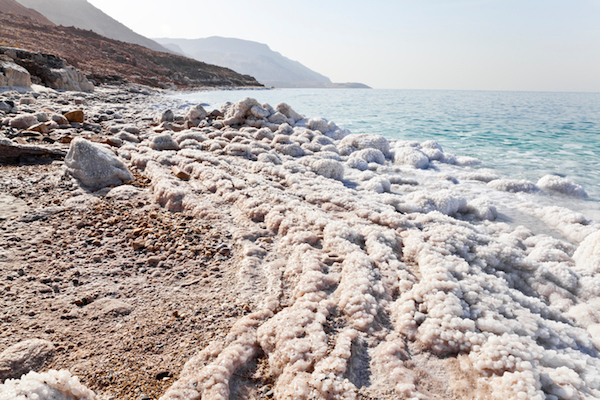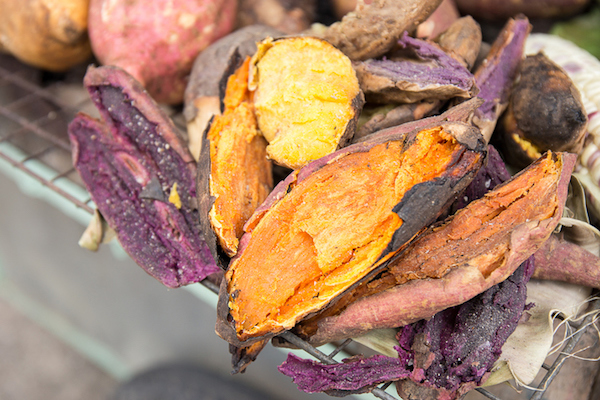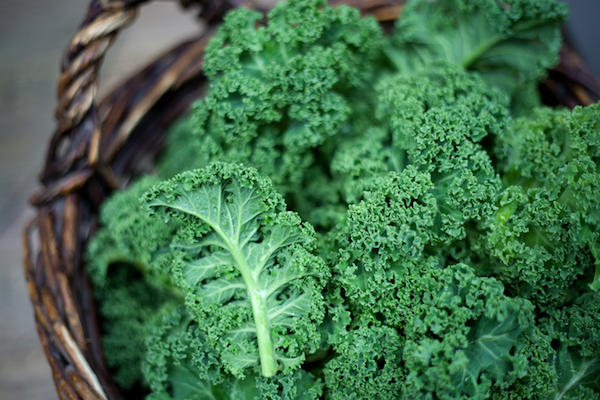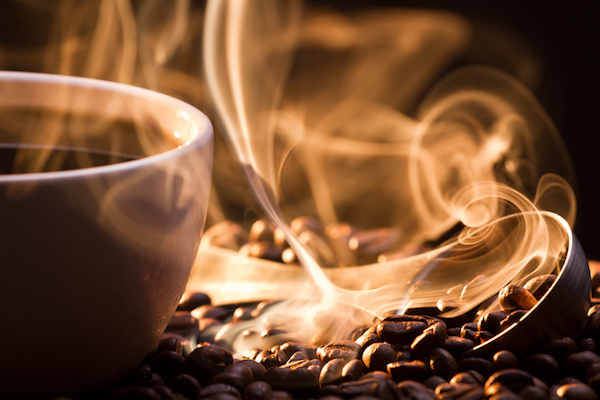
How Does Caffeine Affect the Eyes?
A recent study shows that people who consume caffeine produce more tears compared to those who don't.
International Coffee Day 2018 starts with a strong “cup of joe” just like most other days of the year (for me). My preferred caffeine boost can come in the form of a latte, a shot of espresso (or two), warm or cold brew, even a cappuccino, a macchiato, or a flat white. The thought of coffee gets me out of bed in the morning, it’s just what I need to get going and I look forward to it every day. You get it, right?
So for a brief history lesson (and this is my take on the whole thing)… The popularity of coffee in the USA has come in waves. The first wave was the old-fashion morning coffee grinds like Folgers, Maxwell House, and Sanka (yes, Sanka). The first wave is pretty much over and done with (obviously). The second wave includes popular “coffeehouse” chains like Starbucks, Dunkin’ Donuts, Pret a Manger, etc. The second wave is still going strong, and probably will be for quite some time.
The third wave is the craft coffee revolution, which has been sparked by specialty coffee shops all over the country (Blue Bottle, Stumptown, Intelligentsia, La Colombe). Currently, the third wave is riding unprecedented popularity. Currently, the third wave is also doing a number on my wallet (over six bucks a pop with tip, sometimes more). Some people claim we’re experiencing a fourth wave because of advancements in roasting methods, brewing methods, and DIY methods. But I’m still riding the third wave, especially since Cafe Grumpy opened in Grand Central Station.
What are the Benefits of Caffeine:
In my opinion, an extreme benefit of caffeine revolves around athletic performance. Many fitness professionals will tell you the same thing. To further explain, I’m just too lazy to go to the gym sometimes. But if I down a caffeinated beverage, I just can’t sit around and do nothing. From there, if I participate in a cardio workout, I can use the energy boost to my advantage. In an hour or so, the caffeine levels out and better yet, the workout is finished. Now this idea may not work for everyone as caffeine eventually loses much of its pop, but it’s a bit of a hack that I’ve grown comfortable with over the years. I’m not advising you to consume a massive amount of caffeine and go workout. I’m only telling you to do what’s comfortable. Please exercise caution if you go down this road.
Other benefits of caffeine include the following:
- Boosts athletic recovery
- May assist with weight loss
- Helps burn fat
- Increases focus
- Detoxes the liver
- Enhances memory
- Reduces risk of kidney stones
Some even claim caffeine stimulates hair growth, reduces fatty liver and helps fend off certain diseases.
What are the Possible Disadvantages of Too Much Caffeine?
In my opinion, the main disadvantage of too much caffeine revolves around emotional intelligence (or the lack thereof). This is because caffeine activates the release of adrenaline. When adrenaline is released, increased stimulation of the brain occurs. This can cause the emotions to overrule normal behavior. In a nutshell, too much caffeine can cloud the decision making process. Other disadvantages may include:
- Sleep problems (to all out insomnia)
- Shallow breathing
- Restlessness (or jitters)
- Irritability
- Anxiety
Most of these disadvantages boil down to the sensitivity of the individual. In other words, some people just don’t vibe with caffeine. Others can’t vibe without it.
How Does Caffeine Affect the Eyes?
As far as caffeine and the eyes are concerned, it seems as if the jury is still out. On a positive note, caffeine is known to increase tear production, which is necessary to improving dry eye disease. A recent study indicates that individuals who were given caffeine produced more tears compared to those who didn’t receive it. Although this seems promising, further research is needed to draw clear conclusions. For now, my best advice is “a little caffeine goes a long way.”
On the contrary, if you get most of your liquids from caffeinated beverages, you will be dehydrated. This will leave you feeling not so great, and your symptoms of dry eye will worsen. I’d aim to limit caffeine consumption to 2-3 cups of coffee per day. Most studies indicate up to 400mg of caffeine a day is a safe amount. And it’s probably not a great idea to consume caffeine later in the day.
Remember, it’s always a good idea to drink enough water to balance out caffeine levels. And once you feel thirsty, you’re already dehydrated so try to keep a water bottle handy.


